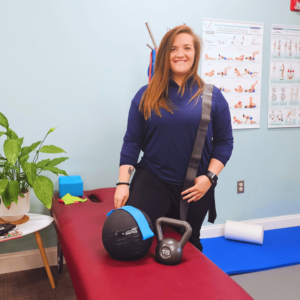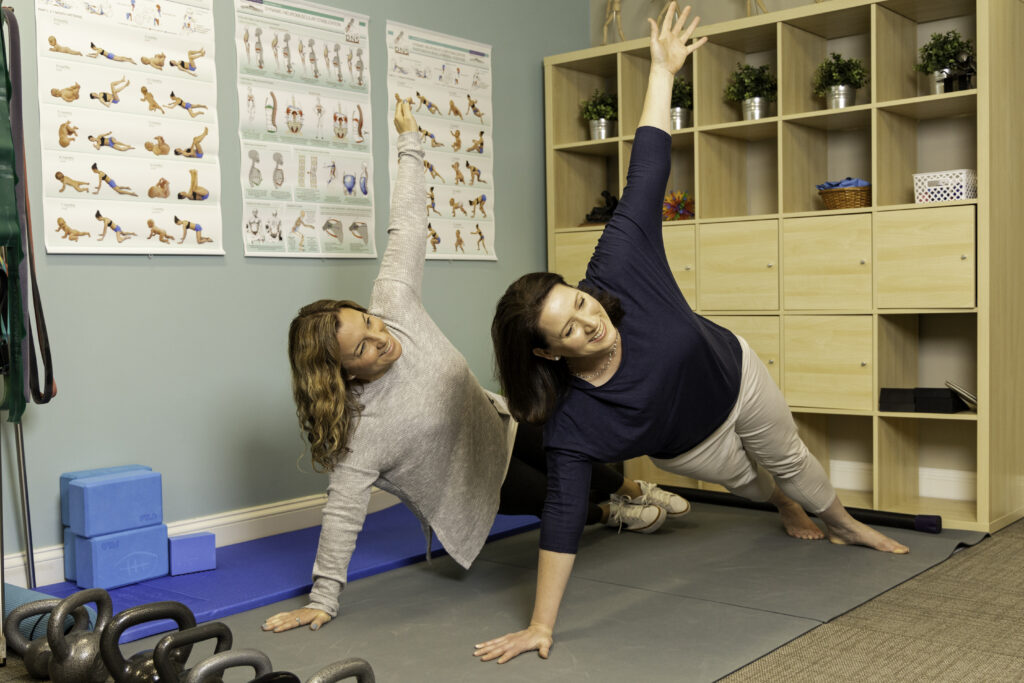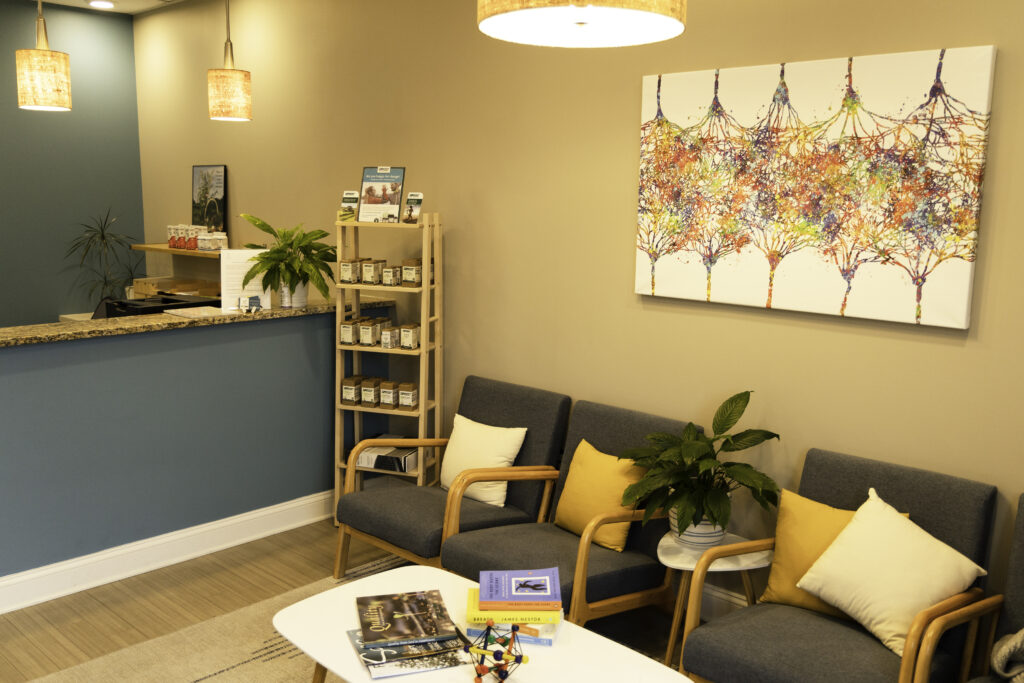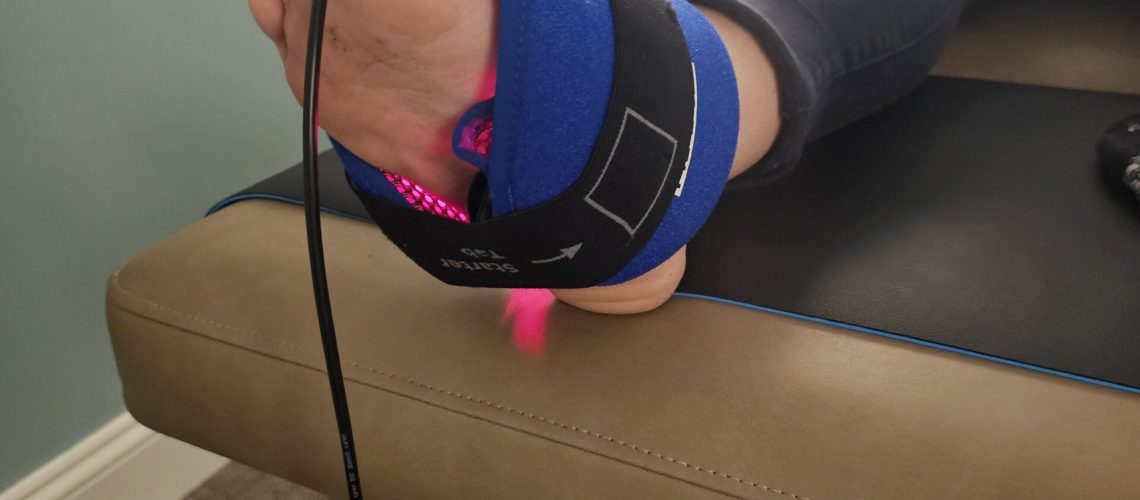If you’re seeking drug-free options for pain relief or recovery, you’ve probably come across red light therapy and Cold Laser therapy (also known as low-level laser therapy or cold laser therapy). While both are popular for reducing pain, improving healing, and addressing conditions like arthritis and tendinitis, they’re not interchangeable. Let’s dive into the differences so you can make an informed decision.
What Is Red Light Therapy?
Red light therapy uses low-powered red and near-infrared light to penetrate the skin and promote healing. It’s commonly available as home-use devices, such as panels or handheld units, and is popular for wellness applications.
-
- Wavelengths: Typically 630–850 nanometers (nm).
- Intensity: Low-power output, safe for unsupervised use.
- Applications:
-
- Pain relief for general muscle soreness or mild joint discomfort.
-
- Improving skin health by boosting collagen production and reducing wrinkles.
-
- Supporting recovery after exercise by improving blood circulation
- Red light therapy is excellent for broad, shallow applications and is a great tool for maintaining overall wellness.
-
When to Choose Red Light Therapy
Red light therapy is perfect if you’re looking for an at-home solution to improve general wellness. It’s especially helpful for:
-
- Boosting skin health by reducing fine lines and wrinkles.
-
- Managing minor aches and stiffness.
-
- Enhancing recovery after workouts or long days of activity.
Since it’s safe and covers a broad area, it’s a low-commitment way to support your overall health.
Our favorite Red Light product is the DNAVibe Light. It’s lightweight, portable, and hands free use makes it convenient for home use.
What Is Cold Laser Therapy?
Cold Laser therapy, also called LLLT or PBM, is a professional treatment used in chiropractic, physical therapy, and sports medicine settings. It emits focused red or near-infrared light at a higher intensity, designed to target deeper tissues for accelerated healing.
-
- Wavelengths: Similar to red light therapy but with a stronger, more concentrated beam. (Kind of like a garden hose vs a professional pressure washer.)
-
- Intensity: Higher power for deeper tissue penetration.
-
- Applications:
-
- Treating conditions like arthritis, tendinitis, and nerve pain.
-
- Promoting cellular repair in muscles, tendons, and ligaments.
-
- Reducing inflammation and accelerating healing for injuries like sprains or strains.
-
- Applications:
Cold Laser therapy is highly effective for localized, specific injuries and is always administered by trained professionals to ensure safety and effectiveness.
When to Choose Cold Laser Therapy
Cold Laser therapy is the gold standard for targeted treatment of neuromusculoskeletal conditions. Consider it if you have:
-
- Arthritis: For joint pain and inflammation management.
-
- Tendinitis: To address chronic inflammation in tendons.
-
- Sports injuries: Such as sprains, strains, or deep tissue damage.
-
- Chronic pain: Including conditions like sciatica or carpal tunnel syndrome.
Its focused beam and deeper tissue penetration deliver results that a home red light therapy device cannot match. However, it’s essential to receive this therapy from a trained professional to ensure safety and effectiveness.
Key Differences Between Red Light Therapy and Cold Laser Therapy
| Feature | Red Light Therapy | Cold Laser Therapy |
| Intensity | Low-powered, designed for safe home use. | Higher intensity, penetrates deeper tissues. |
| Targeting Precision | Broad beam, suitable for large areas. | Focused beam, ideal for small, specific areas. |
| Applications | – General pain relief- Skin health- Recovery | – Arthritis, tendinitis- Deep tissue repair- Nerve pain |
| Effectiveness | Best for superficial and general conditions. | Highly effective for deep, localized injuries. |
| Safety | Minimal risks, easy for home use. | Requires professional supervision. |
Safety Considerations
-
- Red Light Therapy: Safe for most people and ideal for home use. Always follow manufacturer guidelines to avoid overuse. However, caution should be taken if you have:
-
- Photosensitivity or are using medications that increase light sensitivity.
-
- Open wounds or infections in the treatment area.
-
- Active skin cancers or suspicious lesions.
-
- Red Light Therapy: Safe for most people and ideal for home use. Always follow manufacturer guidelines to avoid overuse. However, caution should be taken if you have:
-
- Cold Laser Therapy: While highly effective, this therapy requires professional supervision. Contraindications and cautions include:
-
- Pregnancy: Avoid treatment over the abdomen or low back.
-
- Active malignancies.
-
- Areas with active bleeding or untreated infections.
-
- Over the eyes or thyroid gland.
-
- Photosensitivity or medications that increase sensitivity to light.
-
- Cold Laser Therapy: While highly effective, this therapy requires professional supervision. Contraindications and cautions include:
Always consult with a healthcare professional to determine the best therapy for your needs and to rule out contraindications.
Combining Both Therapies
For some individuals, combining red light therapy and Cold Laser therapy may provide the best results. Use red light therapy at home for general wellness and recovery, while reserving laser therapy for specific, deeper issues. This integrated approach can address both surface-level and deeper tissue concerns.
Whether you’re dealing with arthritis, tendinitis, or simply want to recover faster after workouts, both red light therapy and Cold Laser therapy offer unique benefits. If you need precise, professional treatment for deeper injuries, Cold Laser therapy is your best bet. For general pain relief and wellness, red light therapy provides an easy and effective at-home solution.
At Frederick Chiropractic Wellness Center, we offer Cold Laser therapy with the Avant laser to help you move, heal, and feel better. Contact us to find out how our therapies can support your journey to pain relief and recovery!





